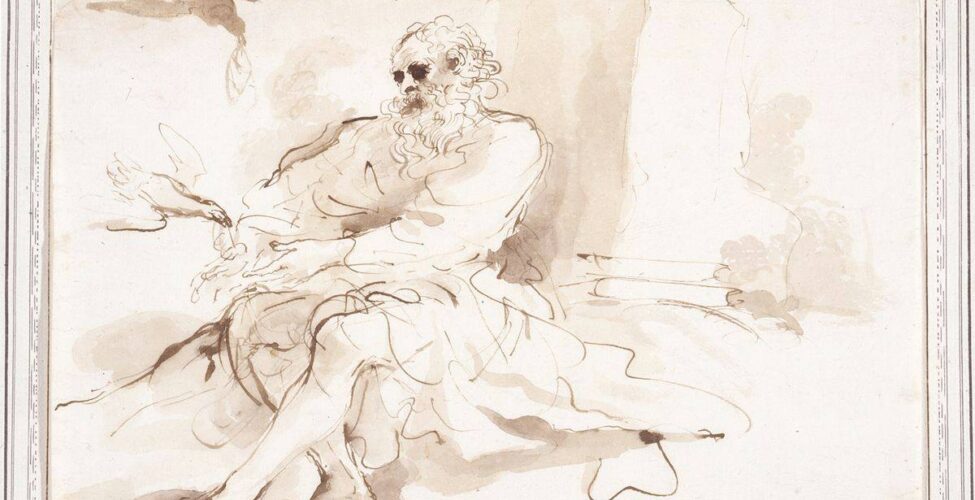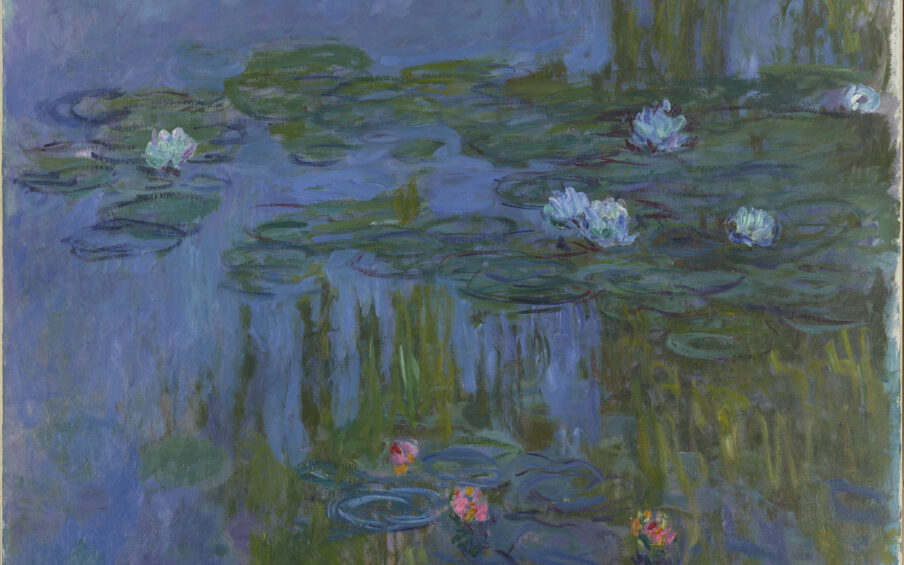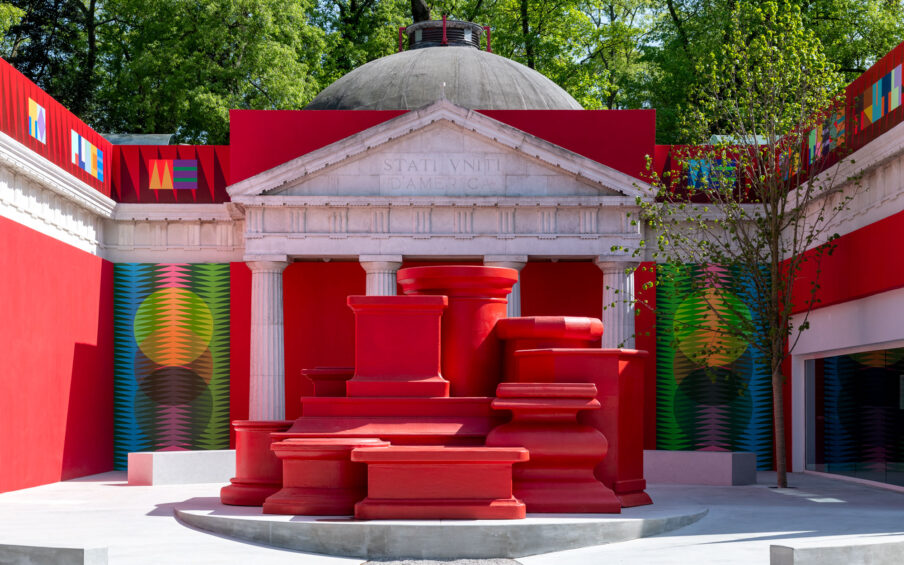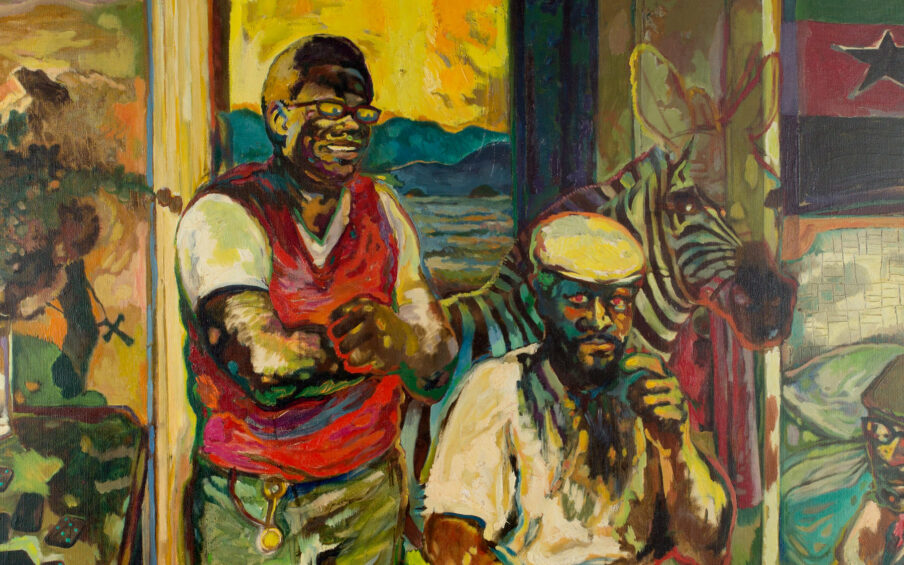“Drawings give us an intimate look at artists at work. Among the finest drawings in the Museum collection is this sheet by Guercino, one of the greatest draftsmen in the history of art. He drew habitually and was a natural virtuoso in a broad range of media, but favored working with a goose-feather pen dipped in brown ink as in this work.
The drawing, a study for a painting in the National Gallery, London, shows the artist thinking with his pen, furiously probing the subject with looping, calligraphic strokes and dashes of wash as he searches for contours and drama. Note how the drapery seems to flutter. The sketch epitomizes the immediacy and vivacity of drawing at its best.
While Guercino was known for his generosity to the poor, he rarely gave his drawings away. They were retained for his workshop and were left to his nephews and pupils, Cesare and Benedetto II Gennari, who sustained the studio for another generation. The distinctive dot-and-dash borders were added when the collection was broken up.”
—Dawson W. Carr, The Janet and Richard Geary Curator of European Art
Guercino (Giovanni Francesco Barbieri) (Italian, 1591–1666). Elijah in the Desert Fed by Ravens, ca. 1619/1620. Pen, ink, and ink wash on paper. Gift of Sally Lewis, 2005.75.2



